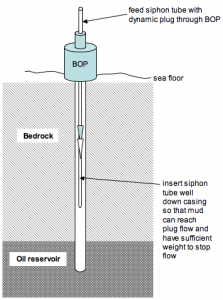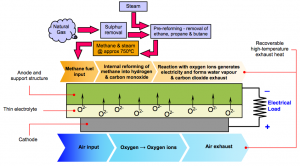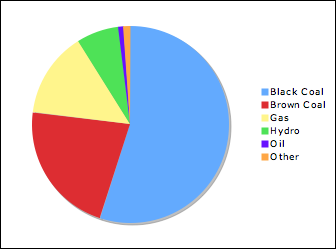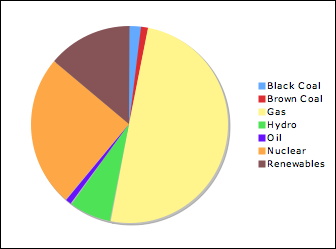I have been wanting to post on the BP catastrophe for some time, but had to clear the decks of work first.
What I am going to start with is a proposal for a fix. I reckon if the US government can get a movie director in for ideas on how to plug the well in the short term, perhaps they could use a suggestion from an engineer. I am not sure my fix will work, but I think it has a chance. In another post, I will deal with fixing the bigger issue with BP itself.
OK, so to start, I would try to stop the flow with what I will call a dynamic plug, a valve that will only activate after being inserted deep inside the well, and activated by a column of drilling mud at plug flow (or in a flow regime with a sufficiently high Reynolds number that it the velocity in the cross sectional flow is uniform, literally like a cylindrical plug of liquid coming down the tube)
To build the dynamic plug, I would start with something they have already tried somewhat successfully, the siphon tube. Before they tried the top kill, they stuck a flexible tube down the well bore and were sucking out an amount of the oil flow to pump to the surface. I would do that again, but this time I would attach to the tube a couple of expandable cones to the shaft of the tube, about a metre back from the end of it. It would look like this:
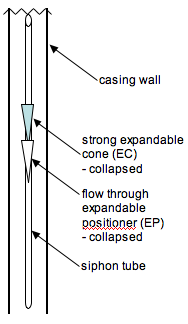
The front expandable positioning (EP) cone would be flow through mesh, or just a cage that would position the siphon tube in the centre of the well casing. I would expand this when I was ready to make the attempt, after starting to pump mud down the hole, but before the mud reached the dynamic plug assembly, like this:

Then, just as the plug flow of mud reached the dynamic plug, the rear expandable cone would be released from its closed position and would snap into place to seal the well and the dense mud flow behind it would hold the well closed until the well could be permanently plugged with cement above the dynamic plug. A tube with an inflatable end (like used in an angioplasty) might also work.

The key is that the plug it self doesn’t have to be strong enough to stop the flow of oil, but instead ust form the seal for the mass of mud that will hold it in place.
I would insert the tube down the well head through the blow-out preventer (BOP) and far enough into the well that I could pump mud down behind the siphon tube at a fast enough rate that the mud would reach plug flow, and also far enough down the well that the mass of mud behind the dynamic plug would be able to hold in the pressure of the reservoir:
